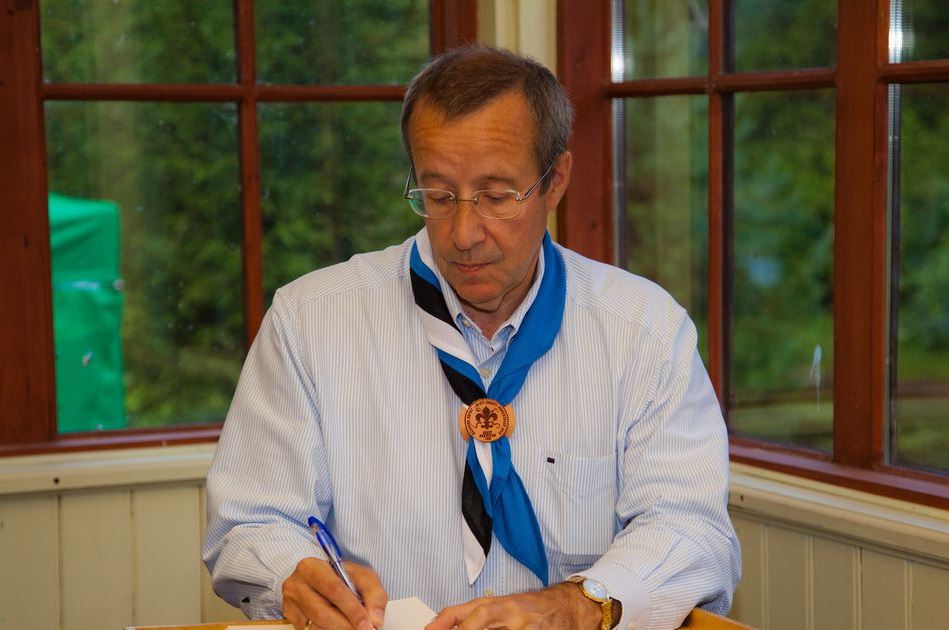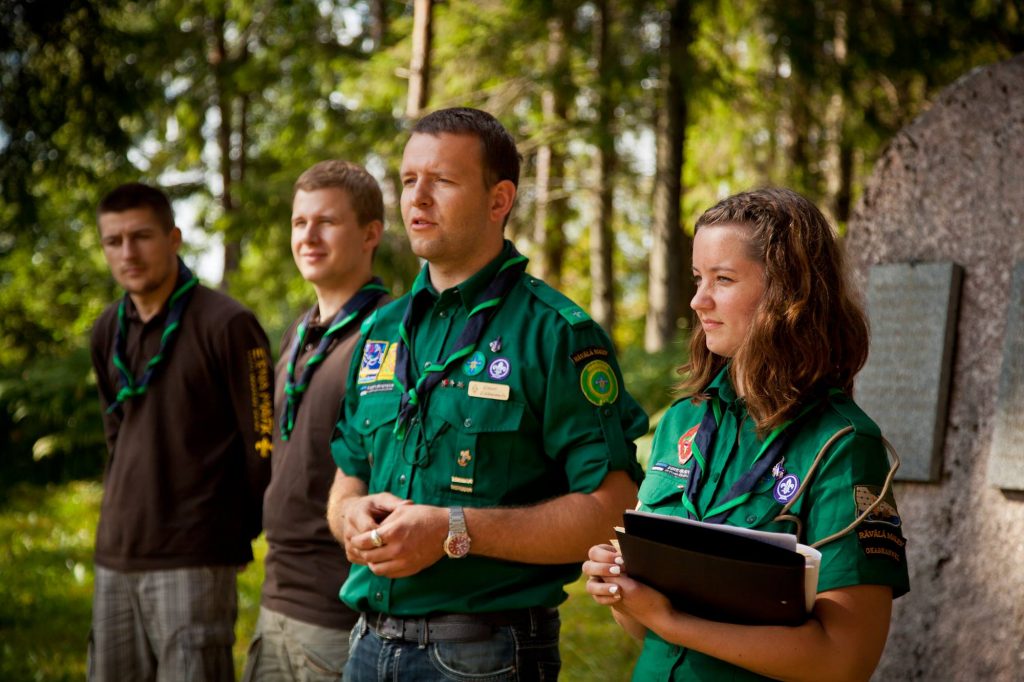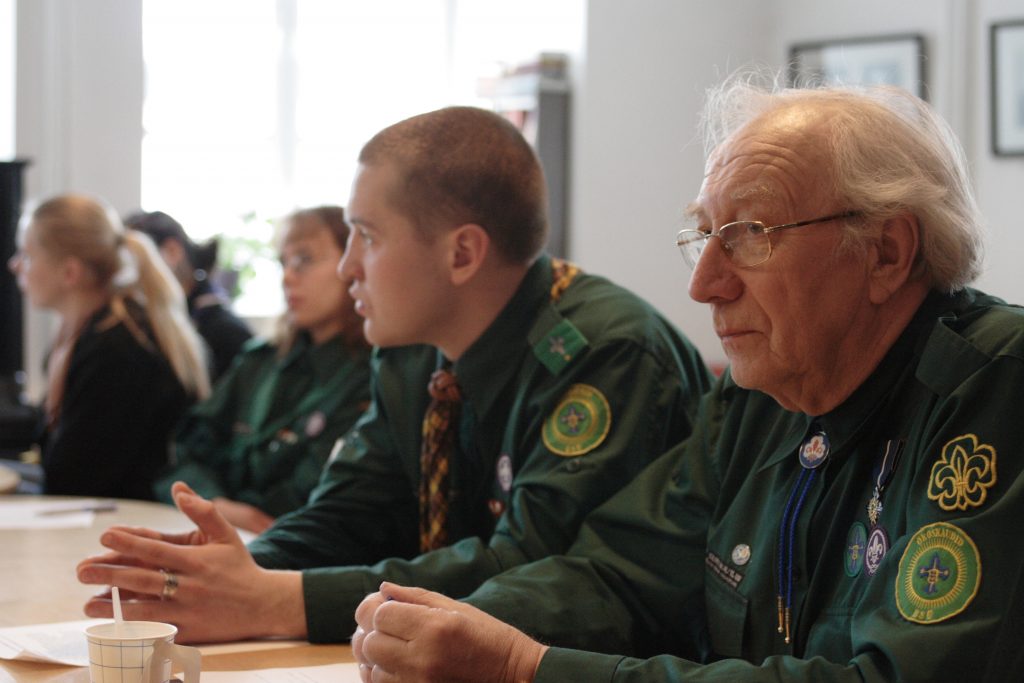Estonian Scout Association

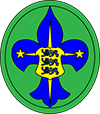
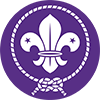
The Estonian Scout Association, or ESÜ, is a nationwide youth organization providing non-formal education for young people, which is part of the global Scout movement with over 50 million members. ESÜ was established on the 10th of June 1995 and became a member of the World Organization of the Scout Movement (WOSM) on the 17th of January 1996.
Our aim is to create a diverse environment for the young people living in Estonia, providing them with the courage to test themselves, identify their strengths, and develop into active, capable, and tolerant members of the community. To acomplish this, we do our best to develop the youth sector in Estonia, actively collaborating with the Estonian government institutions and non-governmental organizations related to the youth sector. ESÜ adheres to the ethical code of non-profit organizations and uses best practices of fundraising.
ESÜ development plan 2021-2028
History of Scouting
The Beginning of Scouting and its Founder Sir Robert Baden-Powell
The Scouting movement originated in England, and its creator was the British Army General Robert Stephenson Smyth Baden-Powell (known as B-P) (22nd February 1857 England – 8th January 1941 Kenya).
Due to his profession as a military officer, B-P traveled to various parts of the world, and from the wisdom he gathered during his service, he wrote a manual for military scouts called “Aids to Scouting” in 1899. Surprisingly, the same book gained immense popularity among youth, with boys all over England imagining the Boer War and engaging in scouting games. The afore mentioned work also became a manual for the Boys’ Brigade, a boys’ organization operating in England. Encouraged by the success of his writing among the youth, B-P was inspired to write a new book, this time intending it directly for boys.
Having served in a leadership position in the military, he had realized that it was not possible to build strong character in people through command alone, and it was practically impossible to reshape the worldview of an adult. Therefore, he decided to direct his proposed educational system towards children, aiming to cultivate them into valuable citizens for their homeland. However, his experiences were derived from wartime situations, and to write such a book, he needed to immerse himself among the boys. Thus, he gathered around him a group of twenty English boys from different social classes and took them to a small English island (Brownsea Island) in the summer of 1907, where he organized the first Scout camp. The principle of the activity became learning by doing. The event was a great success, and even before the publication of the new book, news of the successful boys’ camp spread across England, and all adventure-seeking boys (as what boy isn’t adventurous!) wanted to become Scouts.
The eagerly anticipated book was published in the spring of 1908 under the title “Scouting for Boys.” It can be said that the book is timeless and can still be effectively used in the present day. It was quickly translated into other languages, and thus other countries also became aware of this innovative youth movement. The magazine “The Scout” also began to be published.
More and more Scout units emerged, and B-P felt that he could be more useful to society by engaging in the Scouting movement rather than as a military officer. Thus, he decided to give up his active military officer position and devote all his efforts to the creation of a new and vibrant organization.
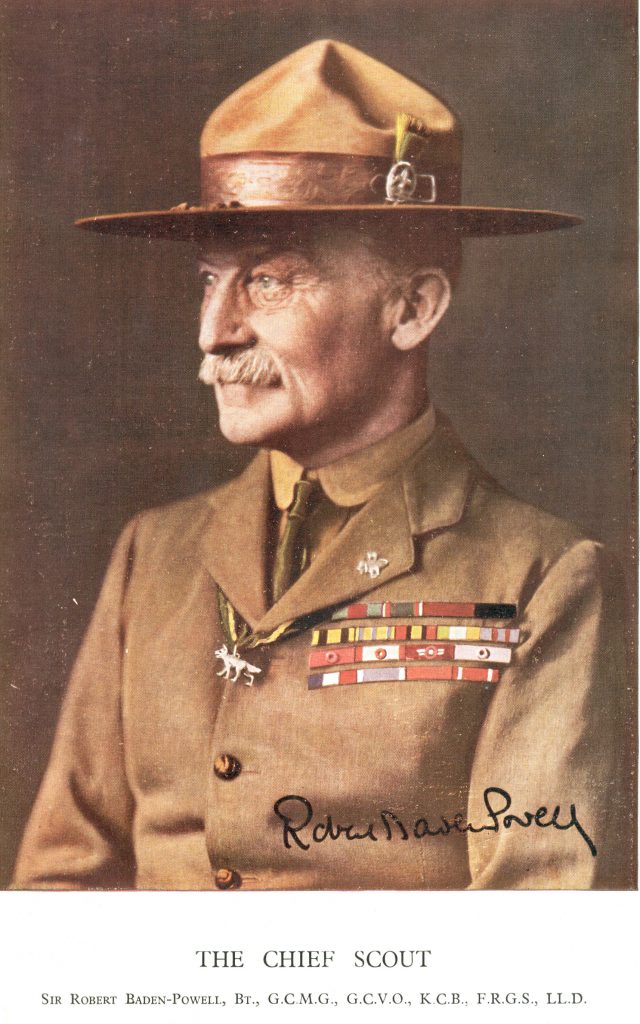
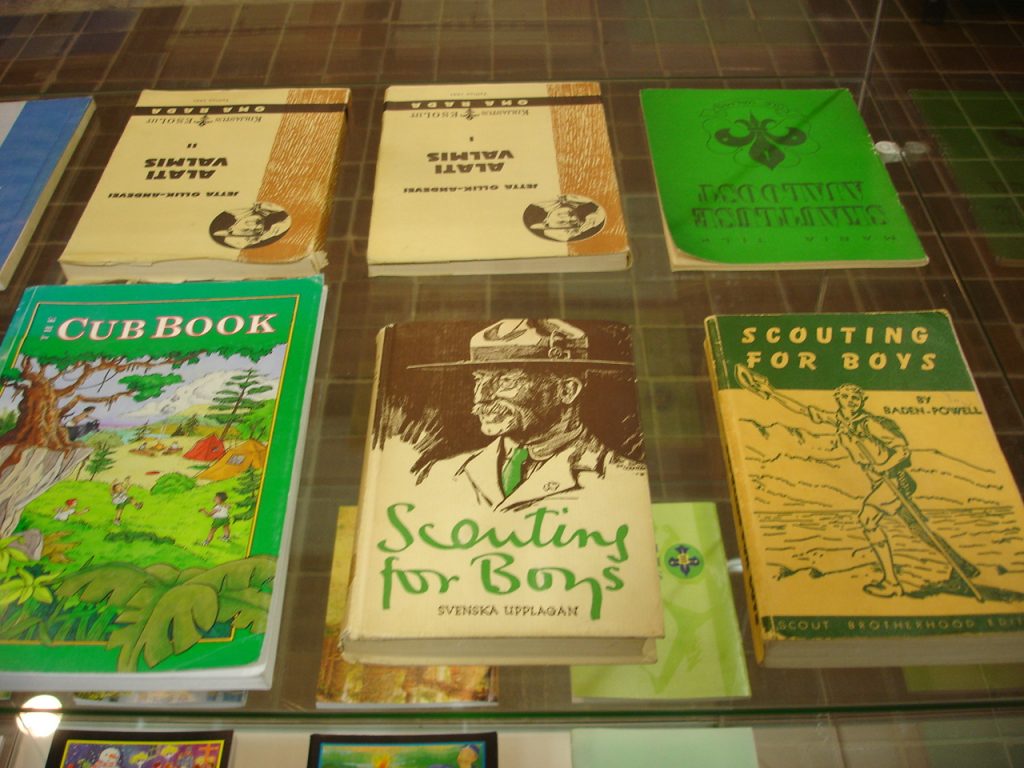
The following year, in 1909, “Scouting for girls” or guiding (from the English word “guide,” to show the way) was created. According to the customs prevailing at that time, it was not possible to unite boys and girls in the same organization. These boundaries have now disappeared, and no gender distinction is made. Both boys and girls can belong to both Scout and Guide organizations, unless the organization in the country of residence has stipulated otherwise (for example, due to religious practices in India).
Scouting as a Leading Youth Movement and the Formation of WOSM
Scouting spread rapidly to many countries within a short period, quickly reaching Estonia between 1911 and 1912.
Development and Expansion of Scouting:
- 1916 – the youngest level of Scouting: Cubs, typically boys aged 8 to 12;
- 1918 – for boys outgrowing the Cub phase: Boy Scouts, young men aged 16 to 20;
- 1925 – handicap Scouting, designed for boys with physical disabilities.
In August 1920, representatives of Scouts from various countries gathered in London with the aim of establishing a global Scout organization. Two years later, in 1922, they convened in Paris and established the WOSM (World Organization of the Scout Movement), with Estonia, freshly independent at the time, among its founding members. B-P was chosen as the Chief Scout of the world.
Scouting became the most recognized and acclaimed youth movement in the world, and many people have been a part of it. Most individuals experience it in their younger years, but there are also those who remain actively involved for their entire lives. B-P is credited with the saying, “Once a Scout, always a Scout!”
Scouting and World Politics
Although one of the fundamental principles of Scouting is non-political involvement, it was not immune to the political tragedies that struck the world in the 20th century – wars and subsequent occupations.
While Scouting prospered in the free world, in dictatorships, Scouting that was deemed unsuitable for the regime was banned. For example, in Russia after the Communist Revolution and in Germany after the rise of the National Socialists. Scouting in these countries was replaced by youth organizations that somewhat imitated Scouting – the Pioneer Organization in Soviet Russia and the Hitler Youth in Germany. However, the education in these organizations was aimed at creating not individuals who are tolerant of others, but obedient cogs for the dictatorial state.
The same fate befell Estonia in 1940 and many Eastern European countries starting from 1939, when occupying authorities banned Scouting organizations. Scouting continued in exile, while in the homeland, it had to operate clandestinely.
After the fall of the dictatorships, Scouting organizations in these countries have regained prestige and are increasingly gaining popularity and membership.
Scouting Today, WOSM Regions, and JOTA-JOTI
Currently, there are approximately 40 million Scouts – girls and boys – in 216 countries and territories worldwide. WOSM includes over 155 national Scout organizations as of now. The main prerequisites for WOSM membership are the size of the local national organization, which must exceed 1000 members, having an economic base to serve its members and fulfill the obligations set by WOSM, and the expectation of territorial national independence where the organization is located (the latter is legally necessary). Regardless of the size of the countries, all members have equal voting rights within the organization.
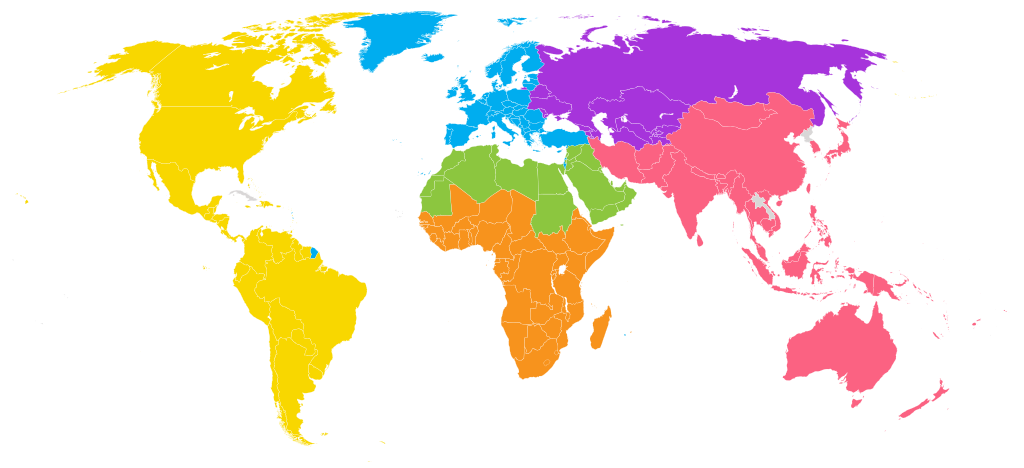
WOSM is divided into six regions: Europe, Arabia, Africa, Asia-Pacific Ocean, Inter-America and Eurasia
From the early days of Scouting, there is a tradition that every four years, a worldwide Scout camp, known as the World Scout Jamboree, takes place. The attempt of these events is to be organized in diverse locations around the world when possible.
With the arrival of the information age and the gradual emergence of the information society, Scouting has also found its expression on the internet: Scout mailing lists, pen-pal correspondences via email, and unit and organization websites.
The first online Jamboree, Jamboree On The Internet (JOTI), took place on October 18-19, 1997, during which Scouts from all over the world attempted to have as much direct contact as possible through the internet.
Amateur radio has also been popular among Scouts for quite some time. The first Jamboree On The Air (JOTA) took place in 1957 and has been held every year since then on the third weekend of October. As a result, the timings of both JOTI and JOTA are synchronized to the same period.
How Scouting Reached Estonia
The founder of Scouting in Estonia was Anton Õunapuu.

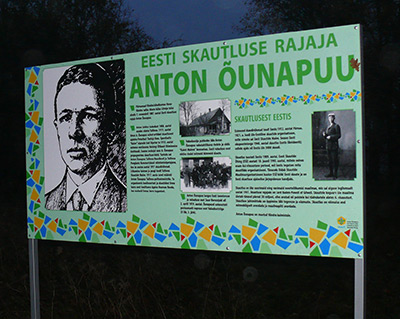
In addition to him, others also spread the ideas of Scouting in Estonia. In 1911, boys from Tallinn’s St. Peter’s School of Real Education attempted to establish their own unit, but due to little interest, the idea was abandoned. The first officially registered unit began operating in Pärnu in 1912. The number of members there was up to 30 Scouts, and the boys’ ages ranged from 12 to 17. Meetings were held at least once a week, with the language of communication being Russian, although Estonian and German were also spoken among them. In 1917, the Germans bombed Pärnu, and the gymnasium where the boys studied was evacuated. Prior to that, Russian soldiers had ransacked the Scouts’ home and scattered their belongings. As a result, the Scouting activity there, which had lasted for five years, came to an end. Scout groups emerged in various parts of Estonia between 1916 and 1917.
Why Scouting Emerged in the First Place
Due to the development of human society (urbanization, the spread of urban lifestyle), there was a growing need for a youth movement like Scouting. Something similar would likely have emerged anyway, but B-P knew how to give Scouting a good outlet: education through activities in which children themselves enthusiastically participate, in addition there are principles which are valued and understandable to everyone. Scouting has been suitable through times and is still suitable for people of different nationalities, religions, and social classes, especially because Scouting has never imposed restrictions on hobby activities – in Scouting, one can learn and practice almost any activity or interest (for example, sea Scouts). This is where the universality of Scouting lies.
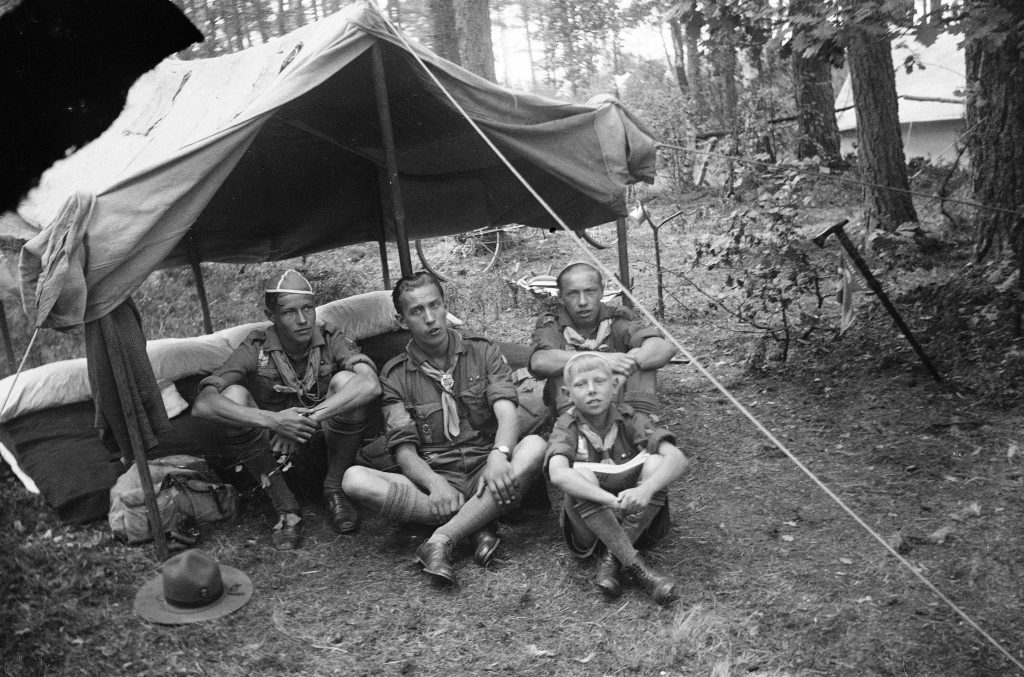
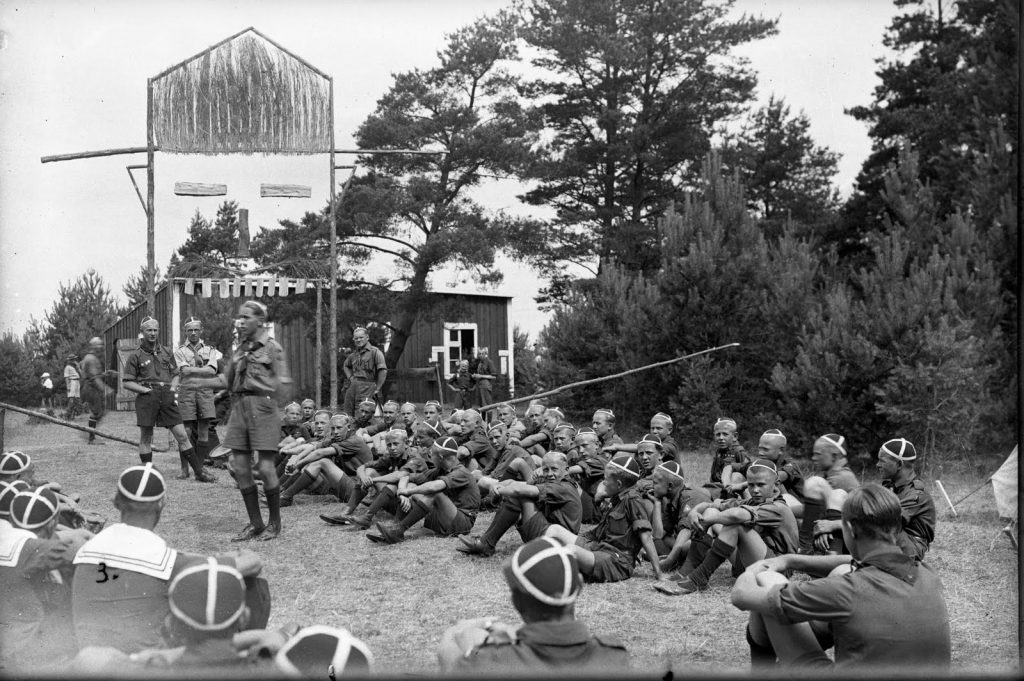
Milestones of Scouting: Important Dates
1907 Robert Baden-Powell (B-P) organized the first Scout camp on Brownsea Island in England (Patrols: Wildcats, Bulls, Curlews, and Ravens)
1909 The first Scout units outside the British Empire were established in Chile
1909 Girl Guides was established for girls as it was not possible to integrate boys and girls into the same organization according to the customs of that time
1911 The first article about Scouting appeared in the Estonian press, authored by Anton Õunapuu
1912 The first Scout unit was founded in Pärnu, Estonia
1916 The first Scout units emerged in Tartu
1916 Cubs were established
1917 The first Scout units were formed in Tallinn
1918 Rover Scouts were established
1919 Anton Õunapuu fell in the War of Independence
1919 The 1st Gilwell Course, the highest training for Scout leaders (Wood Badge)
1919 The Estonian Scout Headquarters was established, with Arnold Tols as its leader
1920 1. maailmajamboree Inglismaal Londonis (8000 osalejat, sh 10 eestlast)
1920 B-P was appointed Chief Scout of the world
1921 The Estonian Scout Troop (ESM) was established in Tartu, with Leopold Tõnison as its leader
1921 The publication “Eesti Skaut” (Estonian Scout) began
1921 Nikolai Kann (later Minister of Education and Social Affairs) was elected as the leader of the Estonian Scout Troop
1922 WOSM (World Organization of the Scout Movement) was founded
1922 Rovers were established
1925 Handicap Scouting for young people with physical disabilities was introduced 1926 – The Estonian Scouts’ (ESM) 1st large camp took place in Pirita (with over 400 participants)
1926 The Estonian Scouts’ (ESM) 1st large camp was held in Pirita (with over 400 participants)
1932 The Estonian Scouts’ (ESM) 2nd large camp was held in Valgeranna (with nearly 800 participants)
1936 The Estonian Scouts’ (ESM) 3rd large camp took place in Paralepa (with over 2000 participants)
1938 B-P retired from Scouting and moved to Kenya
1940 The activities of the Estonian Scout Troop were terminated due to the occupation of Estonia
1941 B-P died at the age of 83 in Kenya, Africa
1944 The first Estonian Scout units were established in Sweden
1945 The first Estonian Scout units were formed in Germany
1946 The Central Bureau of the Estonian Scout Association was established to lead Estonian Scouting abroad, with Herbert Michelson as the Secretary-General
1946 The Scouting magazine “Tulehoidja” (The Torchbearer) began publication in exile
1949 The organization “Eesti Skaudid Paguluses” (Estonian Scouts in Exile) was established
1949 Estonian Scout units began operating in Canada, Australia, and America
1954 “Eesti Skaudid Paguluses” was renamed the “Estonian Scout Association”
1962 The 1st international Scout jamboree for Estonian Scouts, “World Camp,” and the Girl Guides’ jamboree, “Horizon,” took place in Kotkajärve, Canada, laying the foundation for the later idea of the global ESTO days – look at the article
1972 The title of the “Secretary-General” of the Estonian Scout Association was changed to “Chief Scout”
1972 The largest international Estonian World Camp “Kotkajärve” in Canada, with over 2000 participants
1988 The first Scout units were re-established in Estonia
1989 The Estonian Scout Troop was reestablished, with Richard Tõnnus as the Chief Scout
1989 The Estonian Eesti Boys’ Association (led by Leho Männiksoo) was transformed into the Estonian Eesti Scout Association, with Andres Haamer as its leader
1990 Tõnu Aavasalu was elected as the Chief Scout of the Estonian Scout Troop
1990 The publication “Eesti Skaut” resumed
1992 The 4th Estonian Scout Troop (ESM) large camp took place in Matsiranna, Pärnumaa
1993 The 1st Gilwell (Wood Badge) course in Estonia was held
1993 The Estonian Scout Troop and the Estonian Eesti Boys’ Association merged, with the combined organization named the Estonian Scout Troop and Tõnu Aavasalu as the Chief Scout
1995 The Estonian Scout Association (ESÜ) was established, with Tõnu Aavasalu as the Chief Scout
1995 The 5th large camp of the Estonian Scouts (ESÜ) took place in Tagametsa
1996 The ESÜ became a member of WOSM
1997 Kristjan Pomm was elected as the Chief Scout of the ESÜ
1998 The 6th large camp of the Estonian Scouts and Girl Guides (ESÜ + EGL), “Forest Book,” took place in Tagametsa
1999 The ESÜ purchased the Tagametsa hunting lodge and its surrounding land
2000 The most recent international Estonian World Camp in Canada’s Kotkajärve
2001 The 7th large camp of the Estonian Scouts and Girl Guides (ESÜ + EGL), “Tribal Bridge,” took place in Tagametsa
2003 The ESÜ office moved to Lembitu Street in downtown Tallinn
2005 The 8th large camp of the Estonian Scouts and Girl Guides (ESÜ + EGL), “Wanderland,” took place in Tagametsa
2006 The ESÜ received a gift of land in Kihelkonna, Saaremaa
2006 Siimon Haamer was elected as the Chief Scout of the ESÜ
2007 The 100th anniversary of Scouting was celebrated worldwide, marked by the renewal of the global Scout Promise on August 1st
2009 The 9th large camp of the Estonian Scouts and Girl Guides (ESÜ + EGL), “Starwood,” took place in Tagametsa
2010 Jüri Ehandi was elected as the Chief Scout of the ESÜ
2013 The 10th large camp of the Estonian Scouts (ESÜ), “The World Begins with Me” or MAM, took place in Tagametsa
2013 Kristjan Pomm was elected as the Chief Scout of the ESÜ
2017 The 11th large camp of the Estonian Scouts (ESÜ), “Adventure Wheel,” took place in Tagametsa
2017 Tallinn Scout House was completed on Juurdeveo Street, where the ESÜ office also moved
2021 Siim Maripuu was elected as the Chief Scout of the ESÜ
2021 The 12th large camp of the Estonian Scouts (ESÜ), “The Octopod,” took place in Tagametsa.
Famous Scouts in Estonia and Worldwide
In Estonia:
Toomas Hendrik Ilves – president of the Republic of Estonia (USA Lakewood Kalevipoeg Troop)
Leho Männiksoo – radio and print media journalist (Ecological Scouts Troop)
Tiit Terik – politician and Member of the Estonian Parliament
Taavi Rõivas – politician and Member of the Estonian Parliament, former Prime Minister
Lauri Läänemets – politician and Member of the Estonian Parliament, former Mayor of Väätsa (Ecological Scouts Troop)
In the USA:
Neil Armstrong – astronaut – first person on the moon (Eagle Scout)
Bill Clinton – president of the United States (Cub Scout)
Gerald Ford – president of the United States (Eagle Scout)
Harrison Ford – actor (Life Scout)
Bill Gates – co-founder of Microsoft (Life Scout)
John F. Kennedy – president of the United States (Star Scout)
Jim Morrison – rock legend, lead vocalist of The Doors
Steve Fossett – American millionaire, circumnavigator (Eagle Scout)
Donald Rumsfeld – United States Secretary of Defense (Eagle Scout)
Steven Spielberg – film director (Eagle Scout)
Richard Dean Anderson – actor, MacGyver
Jimmy Carter – president of the United States
Ronald Reagan – president of the United States (Scout leader)
Barack Obama – president of the United States (Cub Scout)
In the United Kingdom:
John Major – former Prime Minister
Sir Paul McCartney – composer, guitarist, and vocalist of The Beatles
George Michael – musician
Keith Richards – musician, guitarist of The Rolling Stones
Sir Cliff Richard – musician
David Bowie – musician
David Beckham – footballer
Tony Blair – prime Minister of the United Kingdom
Bear Grylls – adventurer and TV personality, author of survival shows, Chief Ambassador of World Scouting
Elsewhere in the world:
Nelson Mandela – president of South Africa
Carl XVI Gustav – King of Sweden (actively involved in Scouting to this day)
Ingvar Carlsson – former Prime Minister of Sweden
Jacques Chirac – president of France
Valdas Adamkus – president of Lithuania
Juan Carlos I – King of Spain
